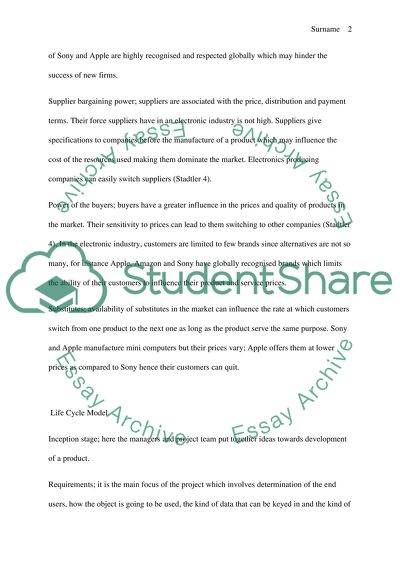Cite this document
(“External and Internal environment analysis: SONY Speech or Presentation”, n.d.)
Retrieved de https://studentshare.org/marketing/1447348-external-and-internal-environment-analysis-sony
Retrieved de https://studentshare.org/marketing/1447348-external-and-internal-environment-analysis-sony
(External and Internal Environment Analysis: SONY Speech or Presentation)
https://studentshare.org/marketing/1447348-external-and-internal-environment-analysis-sony.
https://studentshare.org/marketing/1447348-external-and-internal-environment-analysis-sony.
“External and Internal Environment Analysis: SONY Speech or Presentation”, n.d. https://studentshare.org/marketing/1447348-external-and-internal-environment-analysis-sony.


